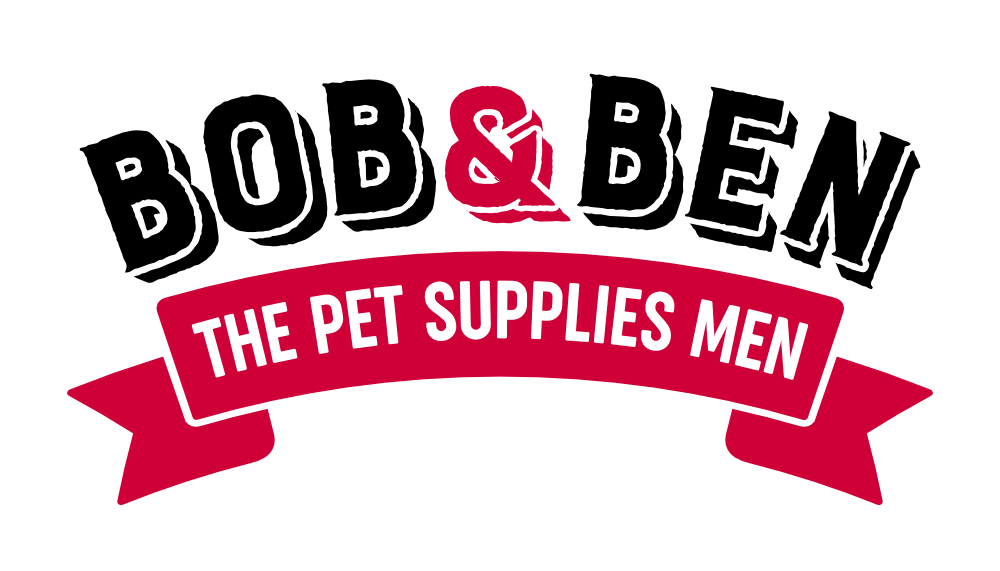Keep Frozen
Be sure to put your pet’s food straight in the freezer when you get home. Raw food has the potential to spoil, if allowed to thaw or sit at room temperature.
Fresh Bowl
Ensure that a clean bowl is used each time you serve your pet raw pet food. Do not serve raw pet food in a bowl that has not been cleaned.
Serving Sizes
Only serve your pet the amount you expect them to eat, or even a little less. You are better off providing a second helping then having leftovers.
Discard Left-Overs
Once meal time is over, discard what is left in the bowl, and once again, clean the bowl thoroughly. If left out, left-overs can quickly spoil.
Clean Utensils
Make sure that any utensils or tools that you use to serve your pet the raw food is not used to scoop or serve other pet food products. And after you have served your pet the raw pet food, wash those tools or utensils right away to avoid the build-up of pathogens that can occur if the tools is left to sit for a time before cleaning.
Wipe Surfaces
Take extra care to ensure you have a clean home. Wipe down all of your counters and surfaces with soapy water before and especially after you have served your pet it’s raw pet food.
Wash Hands
When handling your pet’s food, wash your hands thoroughly before and after.
Raw Bones Feeding Guidelines
Raw meaty bones (RMB’s) are the mainstay of a balanced raw food diet. To ensure you have the best possible experience while feeding a natural diet, follow these important safety guidelines.
Ground bone only when switching – Only feed ground bone, raw bone dust and/or bone meal for the first month of switching your pet to raw. The digestive system needs time to adjust to the new diet and it’s best to give a one month adjustment period. The pH of the GI tract will change as well as enzyme production, liver and kidney function. It’s important to offer easy to digest meals to aid in making the transition as easy and stress-free as possible.
Teach Pets How to Chew – When introducing whole bones to dogs and cats, be sure to purchase bones large enough that they cannot be swallowed whole by your pet. This is especially important for highly enthusiastic pets that are new to bones. Some pets have never had experience eating and chewing raw bones and they need to practice. You may also wish to hold the bone while your pet chews for the first few times until they get the hang of chewing. Carnivores have a natural instinct to chew bones so the learning curve should be quick and easy.
Practice Taking and Trading Bones – To avoid any possibility of developing possessive behavioural issues, practice taking bones from your pet and trading them for a second bone, treat or toy and then giving back the original bone. This ensures that your pet will understand that you will give the bone back if it is taken away or will be traded for something else they will enjoy.
Supervision – Always supervise animals when feeding whole bones.
Feed Fresh – Feed bones within 48 hours of being thawed. Never feed bones that have been left to dry out. Do not let your dog bury bones in the yard to dig up and chew on later.
Feed Raw – Feed bones thawed and straight out of the package. Never cook raw bones.
Vary Bones – Do not get stuck feeding the same bones all the time. Different bones offer different nutrients and should be rotated frequently to maintain a healthy and balanced diet.
Monitor Bone Intake – Be sure that you are not feeding too much bone in one day. You will notice your pet may have harder or crumbly stools if too much is fed. To avoid this, do not offer whole bones on days when you feed meat with ground bone. Instead, offer them on days when red meat (with no bone) is fed.
Consumable Bones vs. Non-Consumable Bones
Consumable bones are any bone that can be fully eaten by your dog or cat. These bones include chicken necks, turkey necks, lamb necks, chicken carcass, chicken wingettes, and turkey wingettes. Knuckle (joint) bones can also be consumed for the most part but sometimes include pieces of femur which should not be ingested. Consumable bones should only be given to animals that are raw fed and have been taught to chew bones. We do not recommend that whole consumable bones be given to animals until they have been on a ground raw diet for 3-4 weeks or longer. Animals that do not eat raw have a different gastro-intestinal environment compared to raw fed animals so it’s best to ease your pet into eating whole bones after a switch to raw. This is one of the best ways to avoid impaction.
Non-consumable bones such as femurs and ribs must be given only as recreation and for short periods. You must monitor your animals closely. These types of bones are not suitable for all pets so please read this whole article before deciding to feed these types of bones.
